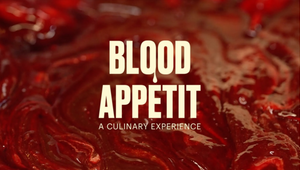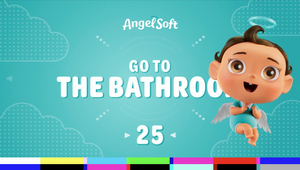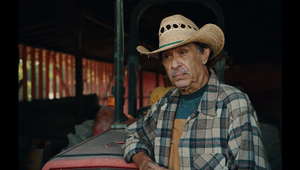
TikTok Owns the Infomercial - and Everyone Is Buying

Apple. Proactiv. The Squatty Potty. Brands big, small, and squatty have used the infomercial approach to launch products across TV, and now digital, for decades. No longer the cheesy, late-night infomercials of our youth, today’s product-focused ads are slicker, funnier, and more widespread. Even the world’s biggest advertiser, P&G, is doubling down on this info-driven model across its various sectors.
But no platform, traditional or new, is creating effective infomercials like the most downloaded app of 2020…TikTok.
Yes, the Internet’s #1 place for dance challenges and lip-syncs, for celebrity duets and awesomely impenetrable Gen Z weirdness—the platform that is flattening the music industry to a smooth, polished line is, and always has been, a magnet for the tried-and-true infomercial model.
TikTok infomercials don’t need a live, overly excited studio audience, or the slick #spon #ad look of Instagram influencers, or even the lengthy, sitcom-esque production of a Dollar Shave Club long-form video. They are perfectly imperfect, starring everyday people, in whatever lighting happens to be around, using timeless selling methods to talk it up about all the products you definitely can’t live without.
Looking for a side-by-side, lo-fi demo that helped sell out a new foundation launch in a few short weeks? Check out L’Oréal Infallible—and then just try to find it at your nearest Target.
Seeking that stamp of expert approval to verify your next skincare purchase? Choose from a plethora of TikTok dermatologists serving up their splurge/save product picks for glowy, clear skin.
How about an endless array of “afters” that seem to turn every wearer’s partner into a drooling compliment machine? If you can find a pair of these leggings on Amazon, you’ll be all set.
What about a cleaning tool so effective that you’ll start to doubt why you even have a vacuum? Carpet-scraping close-up videos will quickly help you appreciate the wonders of a simple rug brush.
If these examples aren’t enough, join the 1.6B views of #tiktokmademebuyit or search “As Seen on TikTok” on Amazon.
So are these down-and-dirty, ostensibly off-the-cuff product videos actually driving conversion? Just take a scroll through the comments:

These exuberant purchase pleas are most often seen on non-branded, non-influencer TikToks, where such testimonials are considered more authentic than videos that are obviously ads.
Additionally, these testimonials beget a behaviour that is fairly unique to the platform, that of cyclical inclusion. Purchasers don’t just purchase—they create, continually uploading their own product experiences to join in on the virality, reaching more viewers and causing even more reactive video creation. This repetition, and the ever-growing quantity it produces, is key to breaking down the TikTok trial barrier; there aren’t just a few #amazonleggings videos—there are thousands of them, with a cumulative 149.6M views. Find someone of your size and shape and it’s a curated shopping experience that rivals even the most inclusive online clothing store.
Within these product videos, stakes feel low, potential feels high; for under $20, why not take the advice of the many who have legging-ed before you and try a pair?
In a world where the line between branded entertainment and brand advertising is ever-blurring, the straightforward nature of the infomercial has never been more attractive, especially for Millennials and Gen Z. In October 2019, Marc Pritchard, chief brand officer at P&G, spoke of the power of the infomercial approach for younger demos, and his words have only grown more prescient in the past two years (as his company’s sales have gone up). As younger generations spend less time watching traditional TV, preferring to second-screen or find their diversions elsewhere, they no longer look to commercial content to supply entertainment and instead want quick, easy facts. Bonus points if they’re served up from a seemingly endless scroll of friendly faces who are more than ready to “try and tell.”
Finding a genuine way for brands and agencies to enter into this trend, versus waiting for their product to appeal to the FYP gods, is still being explored; WPP is traversing this space through an unprecedented partnership with TikTok to receive early access to platform innovations, ad offerings, and its creator community. Without that inside track, a brand lucky enough to become the subject of a popular (and positive) TikTok infomercial series should always seek to fan those viral flames—not stamp out the content, fire the creator, or allow the competition to scoop up the success (still wincing over that one, Sherwin-Williams).
The shopability of TikTok is about to explode, in ways both announced and rumored, and paid ad units will no doubt only become more pervasive. But let’s hope that the spirit of these scrappy, quirky, “marketer-next-door” infomercials persist. If not, how else will we discover which leggings to try, what cleaning products to use, or the best cheese to bake into that ooey, gooey, wildly popular pasta recipe? (The TikTok answer is feta. But hurry up because—you guessed it—the platform’s favourite cheese is already selling out.)
Margaret Russo is GCD at Grey















